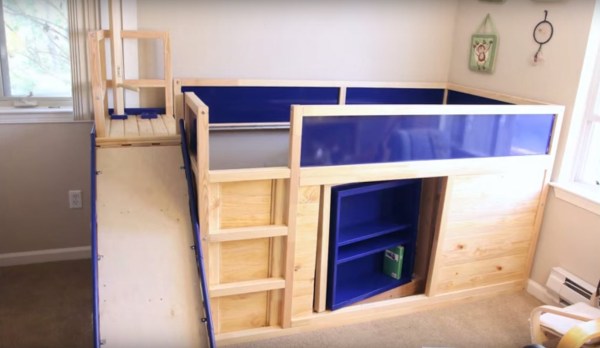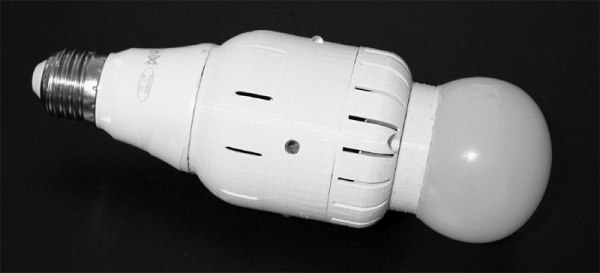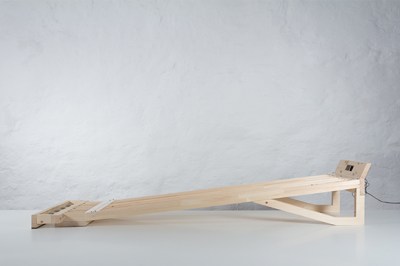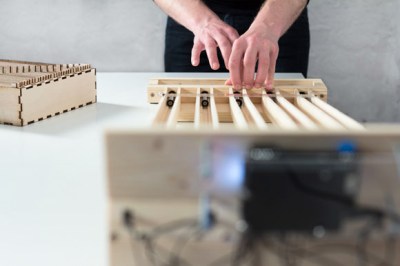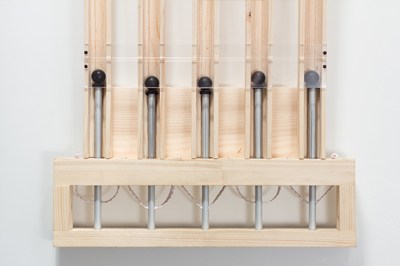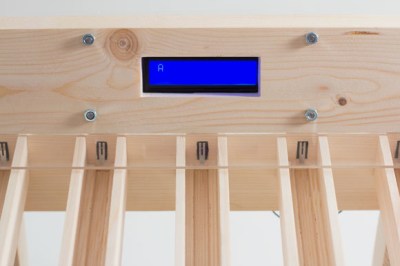While the people at Netflix were busy killing weekends around the world with marathon viewings of 90s sitcoms, they also found time to release the Netflix Switch. It’s a small device with a single button that will control your TV, turn off the lights, and order a pizza. Remember, time you enjoy wasting is not wasted time.
 The Netflix Switch is a relatively simple device powered by a Particle Core, an Arduino-compatible development board with on-board WiFi. Also in this box is a LiPo battery, a few LEDs, and an IR transmitter that will send the same IR signal as the Netflix button on your TV remote, should your remote have a Netflix button.
The Netflix Switch is a relatively simple device powered by a Particle Core, an Arduino-compatible development board with on-board WiFi. Also in this box is a LiPo battery, a few LEDs, and an IR transmitter that will send the same IR signal as the Netflix button on your TV remote, should your remote have a Netflix button.
In an unprecedented break from reality, this astute corporate branding of electronics tinkering also has design files, schematics, and real instructions that come along with it. Netflix released all of the mechanical files for their switch in Solidworks format; for the low, low price of only $4000 per Solidworks license, you too can Netflix and Chill.
Although Netflix’ implementation of tapping into a DIY electronics movement that has been around for 100 years is lacking, the spirit of the build is laudable. A single button connected to the Internet is a universal tool, and whether you want to order a pizza or make a ‘do not disturb’ button for your phone, the only limitation for the Netflix and Chill button is your imagination.


